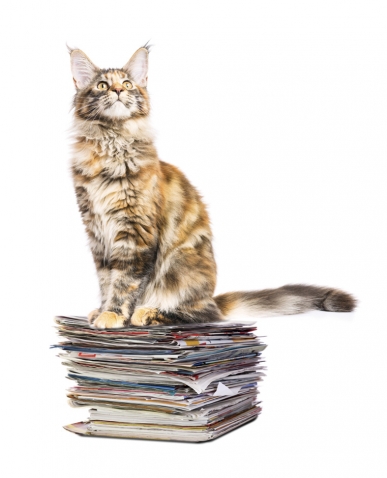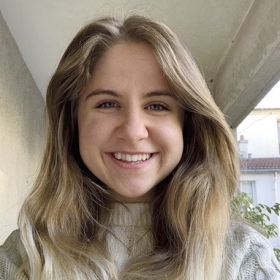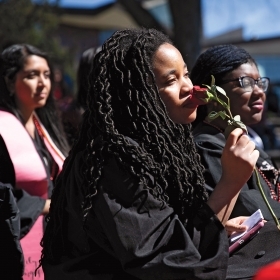In recent months, my 1930s dining room table has become very 2020.
This round, mahogany behemoth (and its hefty sideboard) was purchased by my grandparents following a house fire that destroyed most of their furniture. My mother was just a tot at the time, so she—and later I—grew up with several generations of the family gathered around it for holiday meals. The good china and tablecloths always came out, though some of us were so small that we only could see the holiday splendor if we added phone books to our chairs. As a kid visiting my grandmother, I developed a very healthy respect for the table one afternoon when I was sitting at it drawing. Somehow—and I’m still not saying how—a jagged scratch appeared on its burnished surface. I got a thorough dressing-down.
When I looked at my current house for the first time, my mother immediately wanted to know whether the dining room was big enough to take the table and sideboard someday. It was an iffy proposition, but the sideboard fit on the longest wall by millimeters, which sealed the deal in my mother’s mind. In due time, the table and sideboard made the journey from Philadelphia, along with several generations’ worth of china and tablecloths. I’m not a big entertainer, so the fancy stuff only came out occasionally. But the burnished top looked fabulous in my dining room (you can barely see that scratch now!), and the cat thought its vast expanses were a fabulous place to loll.
Then 2020 arrived. Wellesley sent us to work at home on March 13, 2020, and I immediately installed my dictionaries and computer monitor on the table. After a week of sitting on the rock-hard chairs (sans phone books), I broke down and added my College office chair, too. Since then, here’s a selection of things I’ve done there: editorial meetings on Zoom, page proofs for several issues, Alumnae Association board meetings, Zoom social hours with colleagues, remote church services, movies on a laptop, and at least five dozen jigsaw puzzles (vast expanse—you can work at one end and play at the other).
Which is a long way of saying that in 2020 (and now 2021), things that have been comfortably part of our lives have been wholly repurposed. We ourselves may have had to take on unimagined new roles. Take Gaya Krishna ’22, who returned home to Houston last March and ended up on the frontlines staffing a COVID-19 testing site (see “A Tanner of the Times”). She never saw it coming; she just wanted to help. Or take the teachers in Catherine Grace’s story, “The Pandemic Classroom.” Did they ever dream they’d be responsible for keeping kindergarteners masked and six feet apart—and still learning? Or would have to sweep through a preschool to find food to hand out to hungry school families? Surely not. But they found the ingenuity and strength to do it in extraordinary circumstances.
I am quite certain the idea of me attending a meeting through a computer screen would have boggled my grandmother’s mind—and even more so, that I did it at her dining room table. She was born at the turn of the last century and never touched a computer. But I do think she’d understand “pandemic,” as she was a teenager during the last one. And having lived through the Depression and two world wars, she would applaud the resourcefulness, patience, and courage that these months have demanded of us. I’m quite certain she would join me in wishing you the flexibility to turn a table into an office, a movie theater, a social space, or whatever you need it to be.



